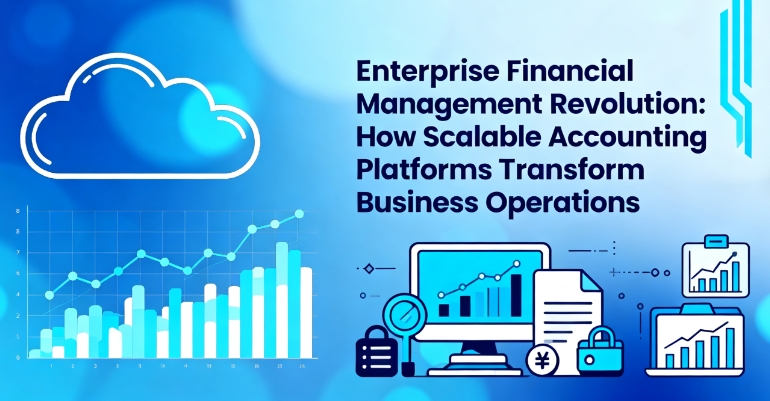Top 5 Advantages of Implementing Agricultural Management Software
Discover the top five benefits of adopting agricultural management software, including resource optimization, better labor planning, data-driven decisions, centralized record access, and product traceability. Learn how these tools can boost farm efficiency, sustainability, and compliance, making modern farming more profitable and environmentally responsible. Explore leading software options tailored to diverse farming needs and understand the importance of thorough vendor research for successful implementation.

Top 5 Advantages of Implementing Agricultural Management Software
Technological advancements continue to revolutionize many industries, including agriculture. The rise of farm management systems has significantly transformed farming practices by offering tools that monitor crops, organize customer data, and optimize operations. These systems help farmers manage risks, reduce expenses, and increase productivity, making modern farming more efficient and sustainable.
1. Efficient Resource Allocation
A primary advantage of farm management platforms is their ability to provide optimal resource utilization insights. Many systems include soil health monitoring features that assess soil fertility, guiding farmers on the best times and quantities for fertilizer application. This not only conserves resources but also minimizes environmental impact by preventing pesticide overuse, supporting sustainable agriculture.
2. Enhanced Workforce Management
Implementing farm management software facilitates smarter labor deployment. Farmers can coordinate tasks such as harvesting and pesticide application precisely when they are needed, based on real-time data. This targeted approach reduces operational costs and improves overall efficiency.
3. Informed Decision-Making
Weather conditions greatly influence crop outcomes. Farm management solutions offer real-time weather tracking, satellite imagery, and predictive analytics based on historical data. These features enable farmers to anticipate adverse weather, plan accordingly, and make strategic choices to protect their crops and maximize yields.
4. Centralized Data Access
Maintaining farm records has traditionally been labor-intensive and prone to loss. Cloud-based farm management software centralizes records such as financial transactions, harvest dates, and customer contacts. Farmers can access this information anytime, anywhere, and from any device, simplifying record-keeping and retrieval.
5. Enhanced Traceability
Consumer demand for transparency in the food supply chain is increasing. Farm management software allows farmers to trace products from farm to fork, ensuring compliance with safety standards. This traceability helps resolve food safety issues efficiently and reinforces consumer trust.
When choosing farm management solutions, farmers should explore vendor options thoroughly. Demo videos and trials can help identify user-friendly systems with robust features suited to their operational needs.
Leading Farm Management Software Options
Trace AgTech – Offers robust features like cost tracking, quality control, audit tools, and traceability. Its team’s agricultural background ensures tailored guidance for optimizing farm operations.
Farmbrite – Developed by farming experts to improve productivity, Farmbrite is praised for its simplicity and effectiveness, making it suitable for farmers worldwide.
Granular Insights – Focuses on precision agriculture with geo-mapping and yield prediction tools, along with budgeting and marketing management features.
Note: Our blog shares diverse, practical insights based on thorough research. However, readers should verify information independently, as updates and regional schemes may vary. The editorial team is not responsible for discrepancies or inaccuracies present elsewhere.









